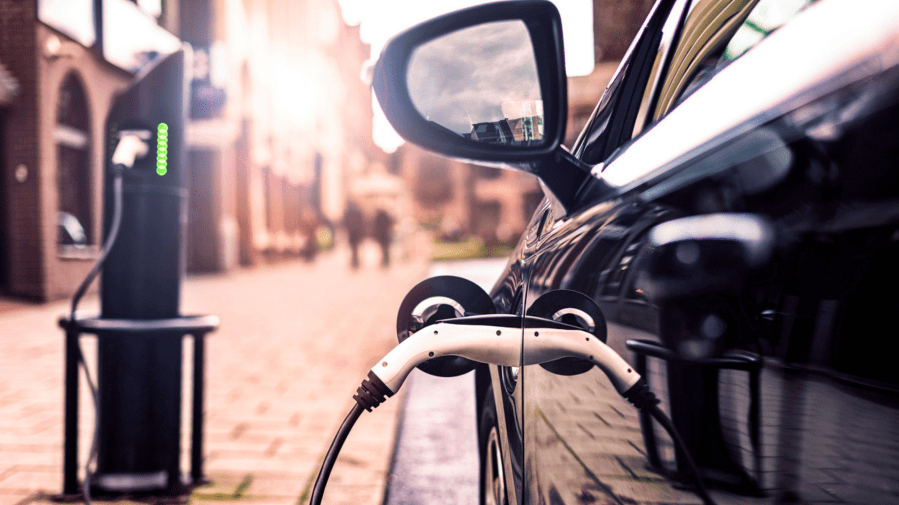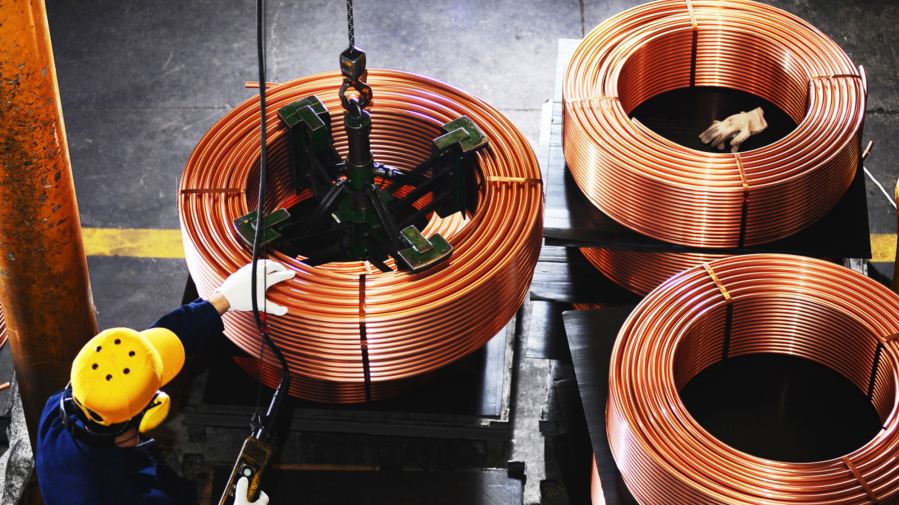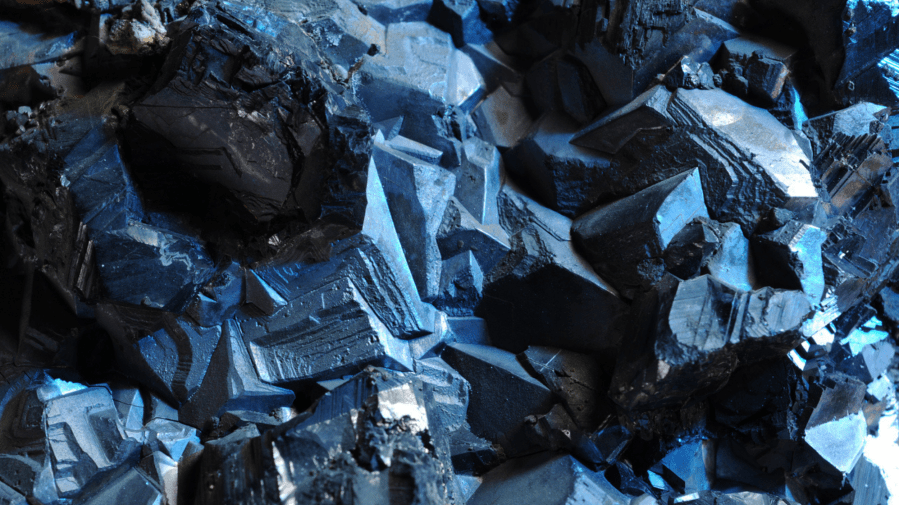
Electric vehicles are often in the news these days, as people in many nations, including the United States, seek to reduce their carbon emissions. Indeed, many government officials, including President Biden, are promoting the benefits of non-hydrocarbon-burning vehicles.
Clearly, vehicles that are not powered by internal combustion engines emit very little in the way of greenhouse gasses. But are there other environmental and supply-chain aspects of particular importance for EVs? As it turns out, EVs require large amounts of mineral and metal resources to produce, and some of these are in rather short supply. Mineral and metal natural resources may continue to be a good investment theme going forward.
EVs Versus Hydrocarbon-Powered Vehicles: Some Statistics
Sales of EVs surpassed 2.1 million units globally in 2019, amounting to over 7 million EVs in service. Notably, forty-seven percent of these EVs are in China. Contrast that with the fact that only about 17,000 electric cars were in operation globally in 2010.
In the United States, nearly 1.8 million EVs were registered in 2021 in the U.S., over three times as many as in 2016. As of May 25, 2021, the U.S had more than 42,000 publicly accessible charging stations designed for EVs.
Minerals and Metals Needed in EV Production

Natural resources are critical in the production of EVs. A typical EV requires over 200 kg of mineral resources per vehicle, six times the mineral inputs of a conventional car. Here are some typical numbers:
- Graphite – 66.3 kg/unit
- Copper – 53.2 kg/unit
- Nickel – 33.9 kg/unit
- Manganese – 24.5 kg/unit
- Cobalt – 13.3 kg/unit
- Lithium – 8.9 kg/unit
- Rare Earth Elements – 0.5 kg/unit
Where are these Critical Resources Mined?
Many of the world’s richest deposits are controlled by countries and concerns outside the U.S. These are the top producing countries for each of these commodities:
- Copper: Chile, Peru, China, Congo
- Graphite: China, Mozambique, Brazil, Madagascar
- Nickel: India, Philippines, Russia, New Caledonia
- Manganese: South Africa, Australia, Gabon, Ghana
- Cobalt: Congo, Russia, Australia, Philippines
- Lithium: Australia, Chile, China, Argentina
- Rare Earth Elements: China, United States (distant second place behind China), Myanmar, Australia
Furthermore, mining for many of these minerals can be extremely environmentally sensitive if safeguards are not in place. Furthermore, in some third-world countries, child labor is being used to produce these key resources.
Are There Shortfalls in the Supply?

These critical minerals are not distributed evenly across the face of the earth. For lithium, cobalt, and rare earth elements, the world’s top three producing nations control well over 75 percent of the world’s production.
In addition to uneven distribution, there are existing and potential shortfalls in supply for many of these minerals. Geopolitically, many of the countries that have large endowments of these resources are not governed by a free-market economy nor are they allied with those nations that are. Russia, China, and Myanmar come to mind. The first two of those countries particularly may wish to keep these resources for their own supply.
Even in more stable jurisdictions, some of these deposits are quite remote, require tremendous logistics and up-front capital to produce. Furthermore, there are long lead times in many metal and mineral project developments, raising questions about the ability to ramp up supply.
The Role for Recycling
One way to reduce dependency on foreign sources is to obtain these metals by recycling old batteries and other materials. At present, it is estimated that less than five percent of lithium-ion batteries are recycled. Several initiatives are underway to fund new research and development efforts in the recycling arena.
Investment Thesis

It is clear that as more and more EVs are produced in the world, there will be a much larger demand for critical metals and minerals than for an equivalent number of units of conventional vehicles. Increased demand coupled with potential supply-chain bottlenecks suggest investing in the companies that mine, produce, and ship these resources may be profitable for individual investors.
Many high-quality firms explore for and produce these critical materials. Many of them are based outside the United States, although they often trade on the US stock exchanges. Australia and Canada are two free-market counties that are home to a large number of natural resource companies. In addition, careful examination of some of these firms will show that they tend to pay extremely generous dividends as well.
The number of companies that recycle material to extract second-use metals is small but increasing. Some of these may prove to be interesting investment vehicles.
Looking to stay away from specific-company risk? There are several exchange-traded funds (ETFs) that invest in a basket of firms that produce base and industrial metals
Keep in mind that prices have already run up of late for many of these commodity-producing firms. Many of these issues, however, are prone to pullbacks. If you agree with the log-term bullish sentiment suggested here, these pullbacks may represent buying opportunities.





